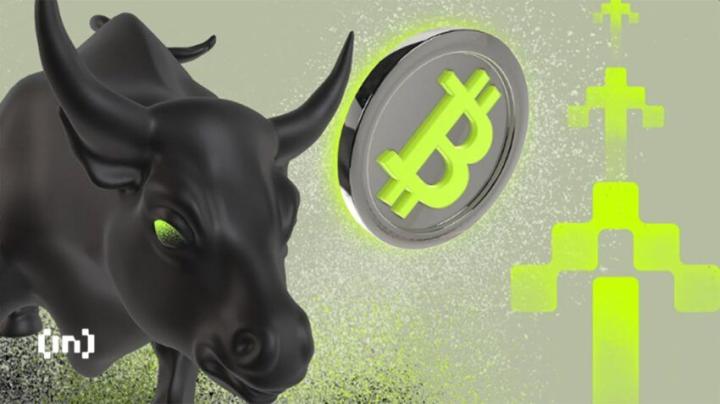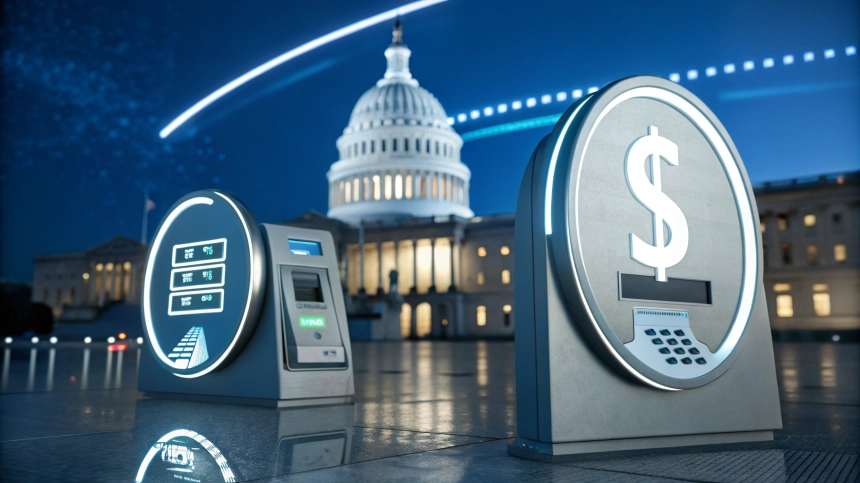The stablecoin market is experiencing a massive turning point, establishing itself as a core axis within the cryptocurrency industry. After struggling with regulatory uncertainty and negative perceptions in recent years, stablecoins are now emerging as key players in the programmable finance era. With the potential for institutional integration, clear legal frameworks, and functioning as new digital economic infrastructure, some are even evaluating this as the "ChatGPT moment for cryptocurrencies".
Unlike typical cryptocurrencies, stablecoins are digital assets that minimize price volatility by linking their value to physical assets like the US dollar. Primarily backed by high-quality assets such as US Treasury bonds or cash equivalents, they perform the role of a "digital dollar" in low-volatility contexts like payments, remittances, DeFi, and decentralized exchanges (DEX). Recently, traditional financial companies like JP Morgan and Stripe have also entered this market, rapidly expanding institutional demand.
Behind these changes, public policy shifts have been particularly effective. Since the Trump administration, a cryptocurrency-friendly administrative approach has been forming, with new regulatory frameworks being introduced. Notably, President Trump signed the "GENIUS Act" on July 18th, which is the first comprehensive federal law clearly defining key elements of stablecoin issuance, reserve requirements, and redemption methods. Importantly, the law recognizes non-bank financial institutions as issuers and allows tech companies to participate formally within the regulatory framework. This strategy promotes market competition while maintaining global dollar strength.
Simultaneously, the "Stablecoin Clarity Act" currently passing through Congress is acting as another crucial market variable. The law aims to distinguish stablecoins from existing securities or commodities and clearly allocate supervisory responsibilities. Once the bill is finally passed, institutional pathways will open for major US banks and fintech companies to officially issue or distribute stablecoins.
The market expects this regulatory clarity to reduce governance risks while providing substantial investment incentives. For instance, major stablecoins like USDC and USDT invest in short-term US Treasury bonds, generating 4-5% annual returns, though they do not provide interest to holders. Issuers create massive cash flows through this mechanism, which is how stablecoins are acquiring influence similar to money market funds (MMF).
The spread of tokenized assets is also connected to stablecoin growth. Recently, "Real World Asset (RWA) tokenization" has been gaining momentum, enabling the issuance of blockchain-based tokens for assets with low liquidity such as bonds, real estate, and artwork. This trend can complement existing financial system limitations and maximize global payment and asset management efficiency.
However, issues remain. Risks such as regulatory arbitrage, reserve opacity, systemic risks, and issuer concentration still exist. Particularly, if some issuers operate weak reserve systems or launch algorithm-based stablecoins, there's a potential for market-wide domino risks that require careful monitoring.
Nevertheless, experts believe the trend of stablecoins evolving beyond mere crypto assets into the foundational digital infrastructure of the global financial system is undeniable. Tom Lee, a representative Wall Street analyst and head of Fundstrat Research, stated, "Stablecoins are the ChatGPT moment for the cryptocurrency industry" and that "financial companies and tech firms are now seriously entering this ecosystem".
David Sacks, the cryptocurrency and AI policy leader from the Trump administration, and new SEC Chairman Paul Atkins are also advocating for a market-centric pre-consultation regulatory approach. Compared to the enforcement-focused Biden-Gensler regime, this approach offers significantly higher institutional predictability and corporate friendliness, receiving positive market reactions.
Ultimately, stablecoins are emerging as the center of the digital asset industry through the convergence of three axes: the US government's digital strategy, Wall Street capital inflow, and blockchain technological evolution. This moment, where cryptocurrency-based finance gains substantive recognition within institutional frameworks, is evaluated as a signal of structural economic order transformation beyond mere technological advancement.
For real-time news...Go to TokenPost Telegram
<Copyright ⓒ TokenPost, Unauthorized Reproduction and Redistribution Prohibited>






